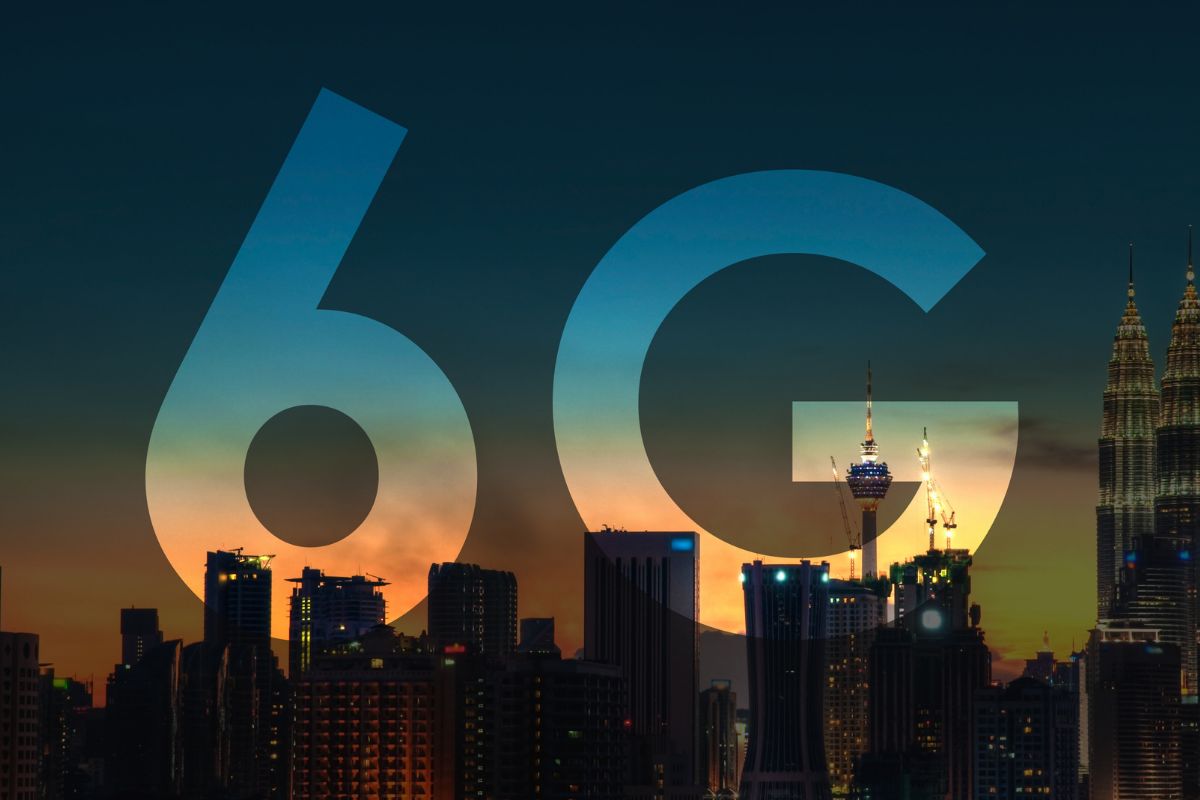
The US government has reportedly begun developing plans for the future use of 6G networks in order to gain a technological advantage over China's rapid advances in the telecommunications sector. Senior officials from the White House have held meetings with corporate leaders, technology officials, and academic experts to devise strategies for the upcoming 6G networks. According to an IANS report, the US administration hopes to take the lessons learned from the early involvement and resilience of 5G and use them to develop a 6G network that optimises performance, accessibility, and security.
It is widely expected that 6G technology will be significantly faster than the current 5G networks and will dramatically expand high-speed internet access across the globe. However, the technology is still in its infancy and is likely to be several years away from being used by the general public.
Read More - Verizon Expands 5G Ultra Wideband Network in Nebraska
The US government's move to invest in 6G networks comes in the wake of China's successful launch of an experimental satellite carrying candidates for possible 6G technology in late 2020. This was part of China's ongoing efforts to verify the performance of the 6G frequency band in space.
China has made significant gains in the telecommunications sector in recent years, particularly in the rollout of its own 5G network. The US administration has expressed concerns that Beijing has used the technology to advance its national security goals and grow its global market share in the telecoms industry.
Huawei, the Chinese multinational technology company, is preparing for its own rollout of 6G technology and has announced its aim to launch ultra-fast networks by 2030.
Overall, the US government's investment in 6G networks highlights the importance of maintaining a competitive edge in the telecommunications sector, particularly in the face of China's technological advances. By prioritising the development of a 6G network that is both performant and secure, the US administration hopes to ensure that it can maintain its technological leadership in the future.















